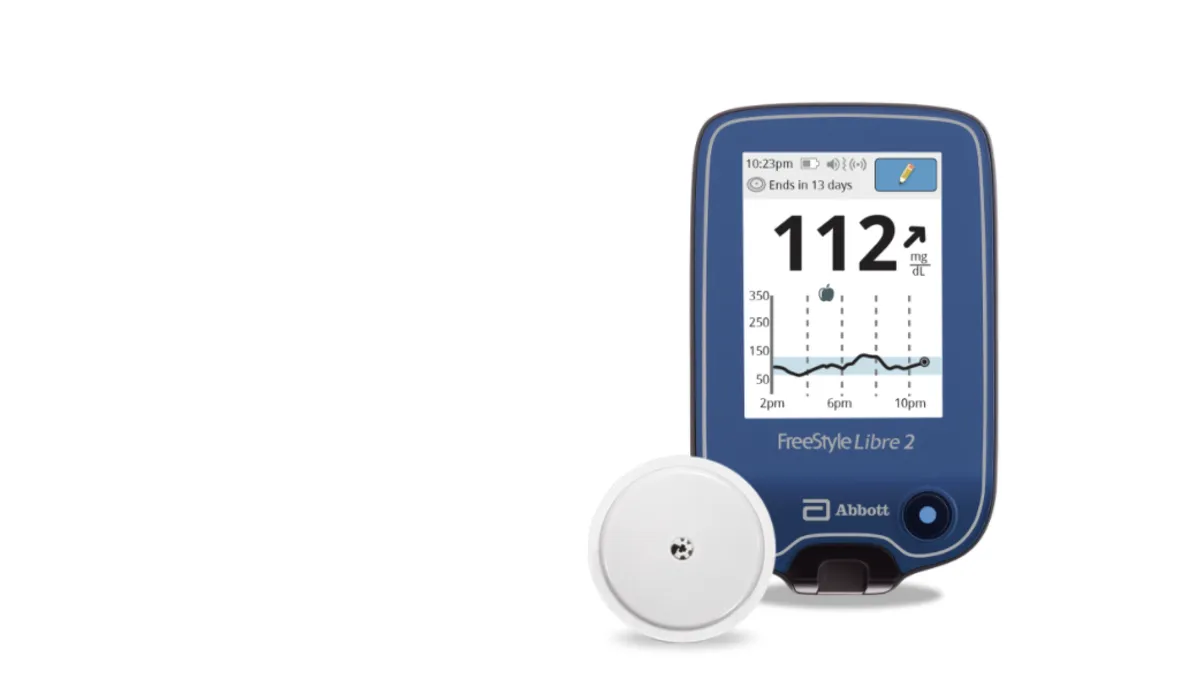Abbott Laboratories, Intuitive Surgical and Johnson & Johnson will lead off third-quarter medtech earnings season this week with results that may shed light on supply-chain constraints as well as the slowing economy’s effect on procedure volumes.
J&J, which reports earnings on Tuesday, is coming off a second quarter in which the company benefited from the recovery of the orthopedic market. At the same time, it also recorded some market-share losses as Stryker and Zimmer Biomet gained share. Still, sales at J&J’s medtech unit rose on an operational basis on demand for contact lenses, surgical vision products and electrophysiology products.
J&J disclosed to analysts at RBC Capital Markets part way through the third quarter that its China business was rebounding from the lockdowns that kept volumes 20% to 30% below normal in the second quarter. Driven by a rise in cardiac ablation cases, volumes improved in July and again in August to about 10% below baseline. Supply chain remained an issue globally, although J&J said it was weathering the disruptions through dual sourcing, automation and investments in capacity expansion.
After J&J sheds light on trends in China, orthopedics and other areas on Tuesday, Intuitive will provide an update on its operations after the market closes for the day. Intuitive’s performance is closely tied to procedure volumes, making it a bellwether for the effects of hospital staffing and COVID-19, and it’s also affected by changes in capital spending by hospitals.
Analysts at RBC expect Intuitive’s sales to rise to $1.5 billion in the quarter on “continued strong procedure volume uptake as hospitals focus on driving efficiency and higher utilization of existing systems in the field.” They also expect procedure growth to reach the high end of Intuitive’s range of 16.5%.
Intuitive also may provide an early look at volume trends in the fourth quarter as well as insights into capital spending expectations amid a potential recession. The RBC analysts expect the company’s commentary to be conservative “as systems were down between 3-5 quarters during the past three downturns.”
Abbott reports its third-quarter results on Wednesday morning. It may offer a look at how demand for COVID-19 testing, which generated $2.3 billion for Abbott in the second quarter, is holding up. The company already has predicted the business would slow sharply, forecasting sales of $500 million in the second half of the year after taking in $5.6 billion in the first six months.
The actual results, coupled to Roche’s report on the same day, may show whether other COVID-19 testing businesses are likely to generate significant sales from those products in the third quarter. Abbott’s results will also give analysts a chance inquire about the changing continuous glucose monitoring market, which is being reshaped by new coverage proposals and the introduction of Dexcom’s G7 device.












